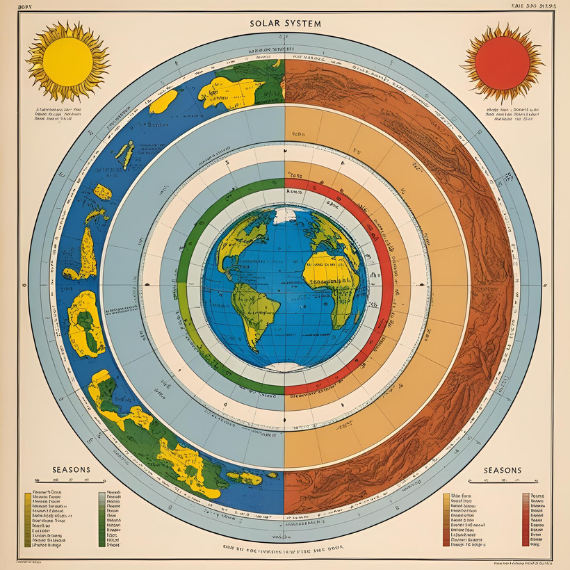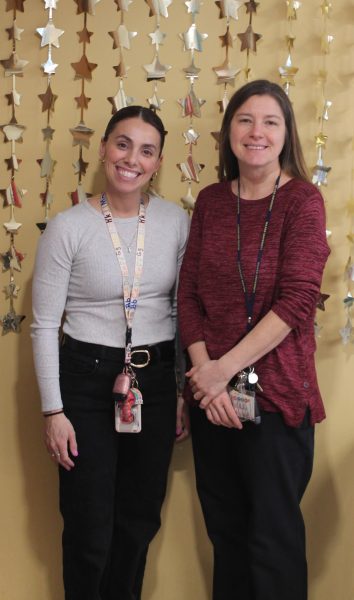What the rising drug addiction epidemic means to teens
Adolescence is defined as the transitional phase of growth and development between childhood and adulthood. The ages range from ten to nineteen, and the brain of an adolescent will not be fully developed until around the age of twenty-five. Because the rational part of a teenager’s brain is not fully developed, they have difficulty making good decisions, especially when acting under emotional duress. They often have trouble understanding their own actions, and act impulsively. But most of all, they are easily influenced by members of their own age group and tend to take risky behaviors, make poor judgments, and act out.
According to the website drugabuse.gov, more than a hundred and thirty people die every day in the U.S. due to drug overdose, and according to the CDC, from 1999 to 2017 more than 702,000 people have died from drug overdoses. Between 1999 to 2016, almost 9,000 children and teens have died from prescription or illicit opioids, with 81% being unintentional, says drugfree.org. Some children were even as young as five years old, and their deaths have been ruled as homicides. 81% of deaths were accidental, 5% were suicides, and 2.4% were reported as homicides.
Growing up is a tough job, and whether you agree with that or not, you can agree that no child or teen deserves to be lead down the path of drug addiction. But it happens every day, and it’s getting worse. The death rates in teens from drug use has tripled since 1999, says the CDC. They are introduced to drugs everywhere- their houses from their parents and siblings, during parties with their friends, and on the streets from strangers. Some common drugs overdosed on are antidepressants, heroin, prescription pain killers, and fentanyl.
How does this impact non-drug users? Thousands of teens are watching their friends and family members die. Some are too afraid to speak up on their behalf, and others are pressured into joining them as well. With the concern of teen drug use, the overdose crisis is looked over. What turns teenagers to doing drugs?
Many things. Peer pressure, family pressure, depression, pain, experimentation, academic competition, athletic competition, and the list goes on. Either they’re just curious, they’re pressured into fitting in, or they feel think it will help them do better in school or sports. Alcohol and tobacco are the two most commonly abused substances by high school students. And they have quick access to their addictions, too. Parents and siblings who use these substances leave them at risk of being stolen, but surprisingly, some parents ignore the alcohol and drug use among their teenagers.
How do we stop drug addiction? Here are some tips-
If you’re thinking about taking drugs, try this website out. It advises you to:
Try meditation, or doing healthy things, like sports or going for walks.
Go to a therapist or counseling.
Find something you care about; something that motivates you.
Find out about your family’s history of drug abuse.
Or try this website, which advises you on how to talk to your teens/tweens about the dangers of drug abuse.
Always reach out to someone! You don’t have to suffer alone- there are tons of people who want to help, and many places you can go, like http://wvadsinc.com/, https://www.cleanslatecenters.com/wilkes-barre-pa, Children’s Service Center, Northeast Counseling Services, http://www.datsrecovery.org/, and many more. Join a support group! There are online support groups, or free, anonymous ones too, like NAMI– the National Alliance on Mental Illness. Check out their website for meetings and schedules.

My name is Morgan Burleigh, and this is my senior year. After I graduate I plan to attend LCC, then I hope to get into West Chester University for Early...







